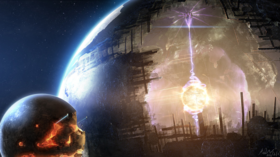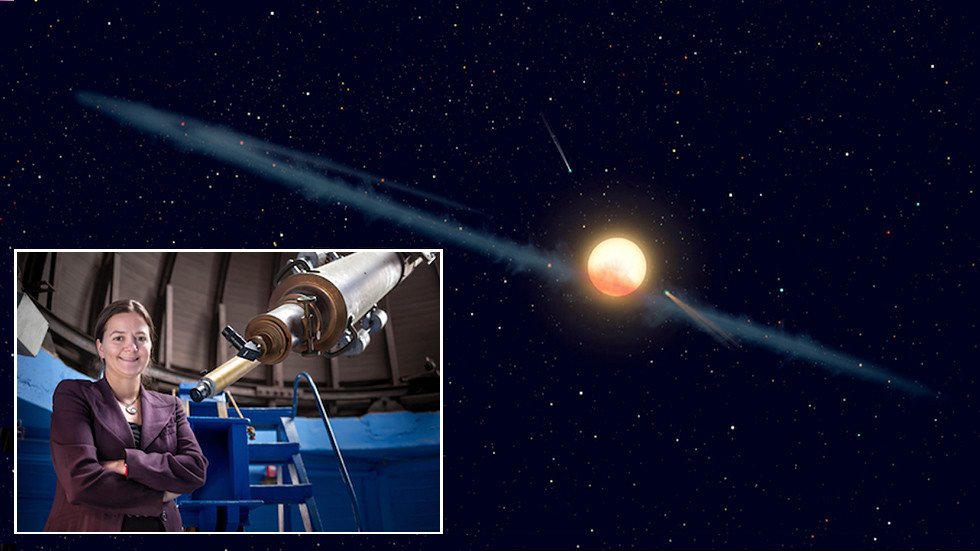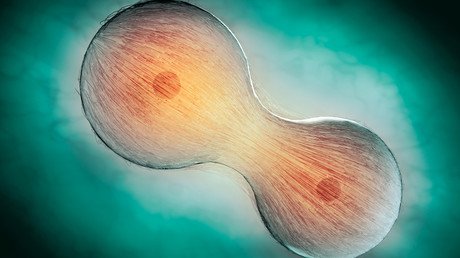Friends of Tabby’s star? Astronomers discover 21 potential ‘ALIEN megastructure’ stars

The star that spawned major hype about possible ‘alien megastructures’ in recent years may, in fact, have company. A new study has found 21 stars with similar dipping properties which may unravel the mystery of ‘Tabby’s star.’
Using NASA’s Kepler space telescope, astronomer Tabetha “Tabby” Boyajian discovered instances of star KIC 8462852, slightly larger and hotter than Earth’s sun, and located roughly 1,480 light-years away in the constellation Cygnus, dimming by up to 22 percent.

The lack of satisfactory explanations as to why the star was dimming pushed astrophysicist and researcher Edward Schmidt to look for more examples of similar ‘dipping’ stars whose behavior could also be analyzed to more quickly and accurately determine the cause.
The fluctuations were erratic and yet too substantial to be explained away by planets or dust crossing in front of the star, fueling speculation that the phenomenon may have been caused by the remnants of a so-called Dyson Sphere, a megastructure built to harness the power of a star for use by a highly advanced civilization.
Also on rt.com Alien megastructure 2.0? Astronomers hunt for source of old star’s strange behaviorBy searching through a vast database of about 14 million objects contained in the Northern Sky Variable Survey from April 1999 to March 2000, Schmidt found at least 21 stars, including 15 ‘slow dippers’ like Boyajian’s star and six ‘rapid dippers’ that were even more extreme examples of the phenomenon.
Also on rt.com Tabby’s Star mystery: ‘Alien megastructure’ takes dark turnSchmidt was careful to note that the Northern Sky Variable Survey did not contain Boyajian’s star, so he may only have scratched the surface of potential ‘dippers’ that could help unlock the mystery of this cosmic phenomenon.
“We’re obviously missing some of these stars because of the catalogs we have,” Schmidt said. “By looking at more catalogs, we may get a better picture of what’s going on, even though it won’t be a complete picture.”
Like this story? Share it with a friend!














